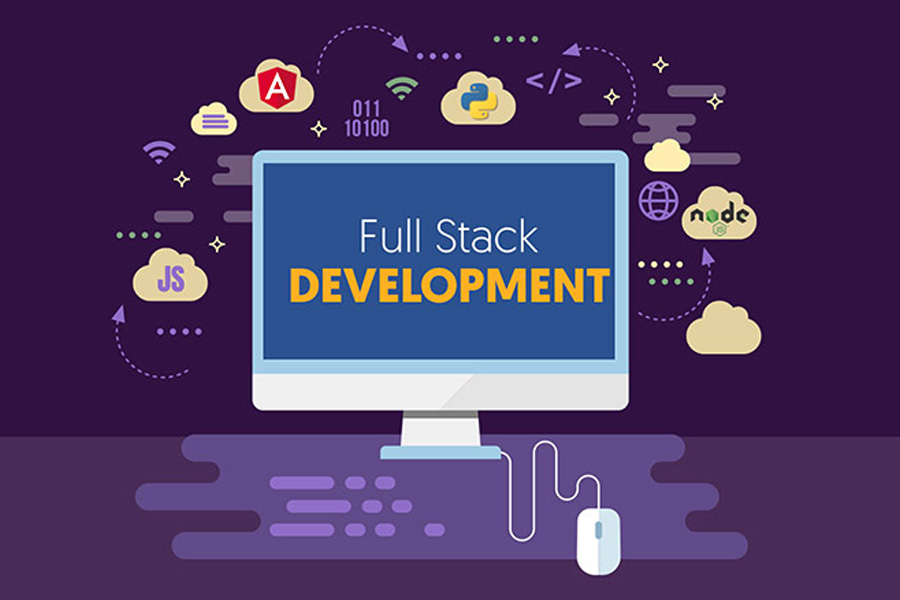Frontend vs. Backend: Understanding the Differences in Full Stack Development

Image Source: codingbytes.com
Knowing the difference between frontend and backend development is crucial in web development, especially for those pursuing a full stack developer course in Bangalore. These two areas, while interconnected, involve different skill sets, tools, and responsibilities. Grasping the differences between frontend and backend development is essential for anyone looking to excel as a full-stack developer.
Frontend Development: Crafting the User Experience
Frontend or client-side development focuses on everything users see and interact with within a web application. It involves the website or application’s design, layout, and behaviour. Key technologies used in front-end development include HTML, CSS, and JavaScript. During a full stack developer course in Bangalore, you’ll dive into these technologies, learning how to create responsive and dynamic interfaces.
A full-stack developer course will emphasise the importance of user experience (UX) & user interface (UI) design in front-end development. Frontend developers ensure the application is visually appealing, easy to steer, and responsive across different devices and screen sizes. They work closely with designers to implement UI/UX designs and use frameworks like React, Angular, or Vue.js to build interactive features. Mastering these skills is vital for creating an engaging user experience.
Backend Development: Powering the Application
Backend or server-side development deals with the server, database, and application logic that power the front end. While the front end is about what users see, the back end is about how everything works behind the scenes. Technologies commonly used in backend development include Node.js, Python, Ruby, Java, and databases like MySQL, PostgreSQL, and MongoDB. In a full stack developer course in Bangalore, you’ll learn how to build and manage the server-side components that ensure the smooth operation of web applications.
A full stack developer course will teach you how to design and implement RESTful APIs, manage databases, handle server-side logic, and ensure data security. Backend developers are responsible for tasks like user authentication, data processing, and integrating third-party services. Their work ensures the application runs efficiently, correctly handles requests, and securely manages data.
The Role of a Full-Stack Developer
A full stack developer is skilled in both frontend and backend development, making them capable of handling all aspects of web application development. By enrolling in a full stack developer course, you’ll gain comprehensive knowledge of both areas, enabling you to create complete web applications from start to finish.
In conclusion, understanding the differences between frontend and backend development is essential for anyone looking to become a full-stack developer. A full stack developer course in Bangalore provides the necessary training to master both sides of web development, ensuring that you’re well-equipped to build robust, scalable, and user-friendly applications.
Business Name: ExcelR – Full Stack Developer And Business Analyst Course in Bangalore
Address: 10, 3rd floor, Safeway Plaza, 27th Main Rd, Old Madiwala, Jay Bheema Nagar, 1st Stage, BTM 1st Stage, Bengaluru, Karnataka 560068
Phone: 7353006061
Business Email: enquiry@excelr.com




